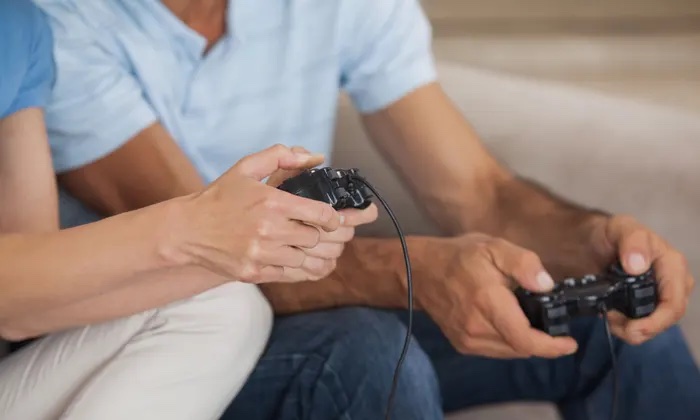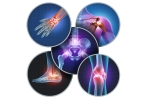
One in five adults spends their days in pain. Though each person experiences pain differently and has varying degrees of discomfort, chronic pain often becomes so frequent and severe that it stops you from going to work, limits your ability to exercise, disrupts relationships, and causes significant disability.
Chronic pain comes from many possible sources. No matter what causes your pain, our team can help. They create customized care plans, using innovative interventional treatments and regenerative medicine to give many patients long-lasting pain relief.
Though the reasons for chronic pain are categorized into groups, many conditions belong to more than one. For example, rheumatoid arthritis is primarily classified as an inflammatory disorder, but it's also a musculoskeletal condition.
Here's a rundown of the primary causes of chronic pain:
Inflammatory Disorders
Inflammation contributes to most types of chronic pain, but inflammatory disorders specifically refer to infections and autoimmune disorders.
Autoimmune diseases occur when your immune system mistakenly attacks healthy tissues. A few examples include:
- Rheumatoid arthritis
- Psoriatic arthritis
- Sjögren's syndrome
- Crohn's disease
- Vasculitis
- Systemic lupus erythematosus (SLE)
By definition, all autoimmune diseases cause chronic inflammation and pain. However, each disease also results in additional symptoms unique to that specific condition.
Musculoskeletal Pain
This chronic pain arises from traumatic injuries, overuse injuries, and degenerative diseases affecting your muscles, ligaments, tendons, cartilage, and bones.
You may have pain that affects one localized area, like a joint with osteoarthritis, or discomforts throughout a body region, such as chronic pelvic pain—musculoskeletal conditions like fibromyalgia cause body-wide aches and pains.
Of all the different types of musculoskeletal pain, back pain is the most common and the top cause of disability. Chronic back pain often arises from conditions such as herniated discs, degenerative disc disease, and facet joint arthritis.
Back pain is another example of a condition that crosses over into another category. It may also cause neuropathic pain, as many conditions responsible for back pain pinch the spinal nerves.
Neuropathic Pain
Neuropathic pain occurs any time a nerve is irritated, inflamed, or damaged. When the nerve responsible for your pain lies outside your brain and spinal cord, you have peripheral neuropathy. If your back condition pinches the spinal nerves, the condition is called radiculopathy.
Damaged nerves cause localized pain at the site of the injury. They also transmit pain, tingling, and other uncomfortable sensations along the nerve. As a result, a pinched nerve in your lower back (or neck) can send excruciating pain down your leg (or arm).
An acute injury can also turn into chronic pain by affecting the nerves. This happens when the pain from the injury changes the nerves, making them hypersensitive. As a result, they keep sending pain messages to your brain after the original condition heals and often respond to things that shouldn’t trigger pain signals.
Any condition that affects your body can trigger receptors on sensory nerves. The nerves carry the message to your brain, causing the feeling of pain. The interventional treatments we use ease your pain by blocking the nerve signals and preventing your brain from getting the pain message.
Precision Pain Care and Rehabilitation has four convenient locations in Richmond Hill – Queens and New Hyde Park, Lindenhurst, and Valley Stream – Long Island. Call the Queens office at (718) 215-1888, or (516) 419-4480 for the Long Island offices, to arrange an appointment with our Interventional Pain Management Specialist, Dr. Jeffrey Chacko.













